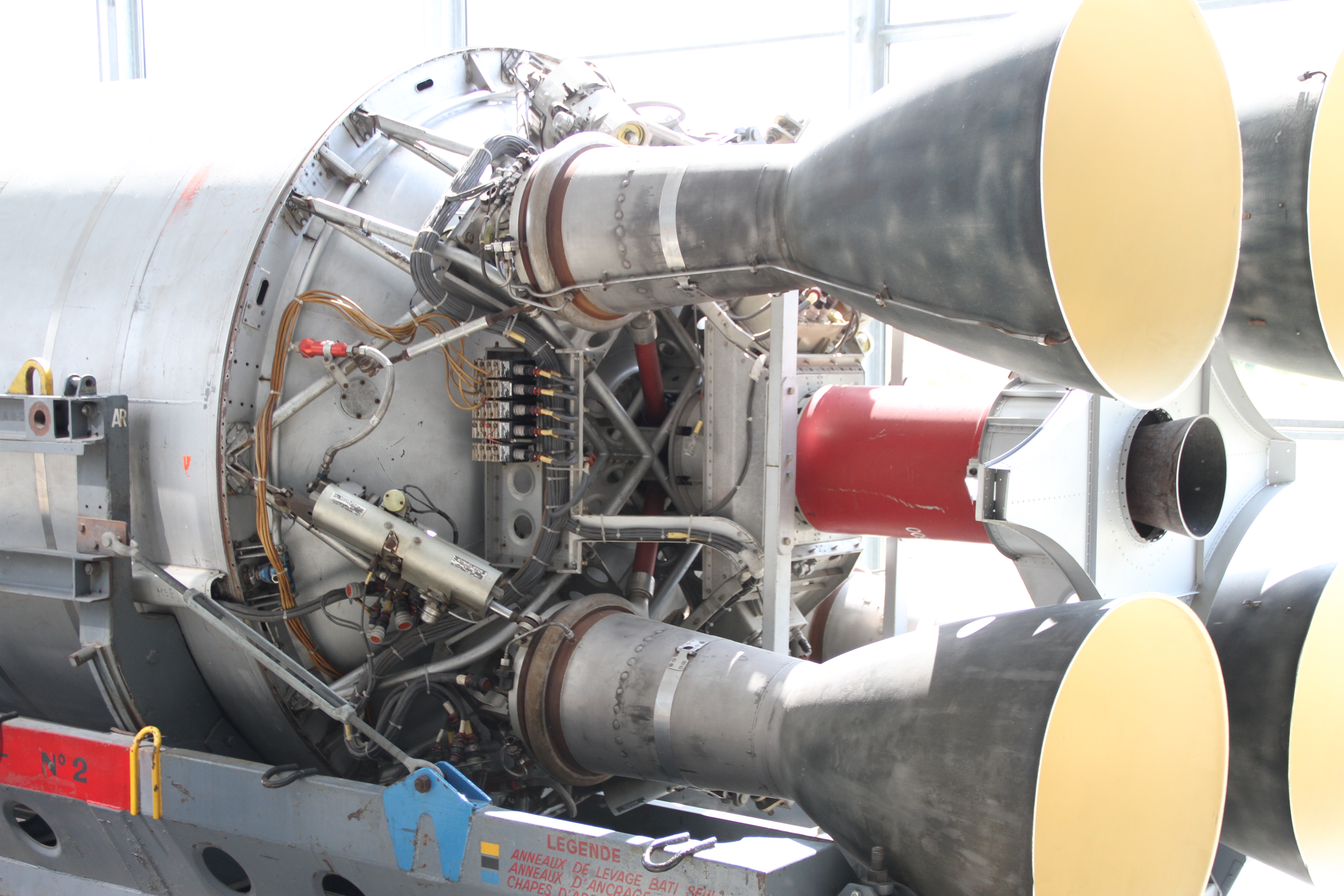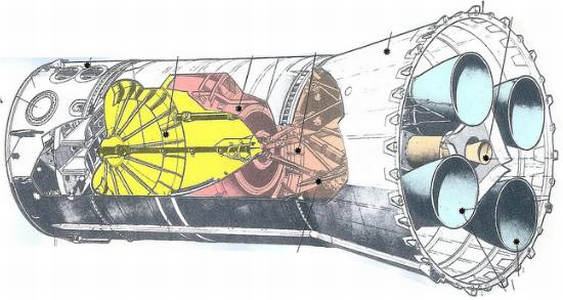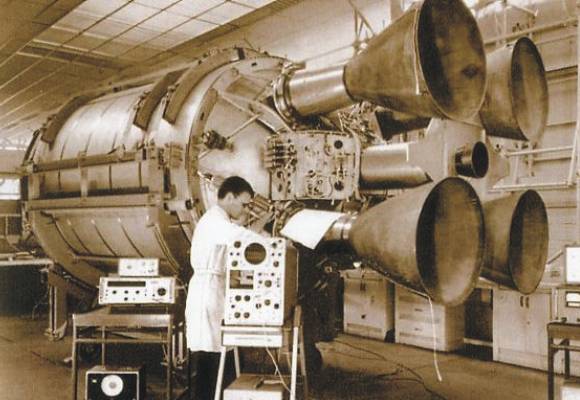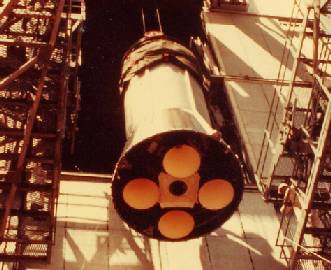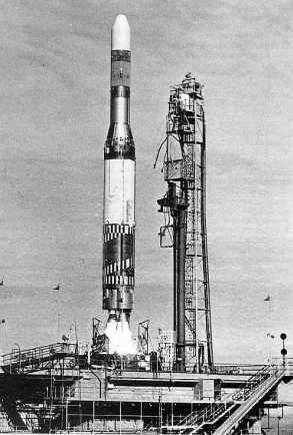.jpg)
Vexin-A Rocket Engine (on display at SAAM)
Vexin-A Rocket Engine
As part of our "Rockets in the Desert" display, SAAM has on show a rocket engine, which was found in storage buried under a whole lot of other artefacts hailing from the Woomera Rocket Range. Nobody amongst our current members knew what the engine's origin was or where it was found and by whom. The curator of SAAM's Rocketry and Space Exhibits did some detective work and managed to identify the engine as a French Vexin-A liquid-fuelled rocket engine.
Firstly the engine used Hypergolic fuel : UDMH (Unsymmetrical DiMethyl Hydrazine) and Nitrogen Tetroxide as the oxidiser. The two liquids can be stored at room temperature and ignite spontaneously upon coming into contact with each other. They are however very hazardous liquids to work with.
The Vexin-A was developed for a number of French research rockets, among them the Cora 1 & 2, which became the basis for the Coralie second stage of the Europa rocket, which was developed as a satellite launcher in the 1960s by ELDO (European Launcher Development Organisation) of which Australia was an associate member because of its vast rocket range at Woomera.
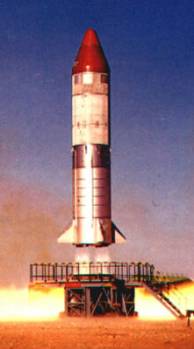
Cora 1 (taking off from Hammaguir in Algeria)
Four Cora 1 launches were planned, but only three took place, two from Hammaguir in the Algerian Sahara desert (one partial success and one success), and one from Biscarosse, Nouvelle-Aquitaine in the South West of France, which failed due to wiring issues. The fourth launch, as well as another two Cora 2 launches were cancelled to be replaced by Coralie launches as part of the Europa rocket program at Woomera.
The Europa rocket had a first stage based on the British Blue Streak IRBM (Intermediate Range Ballistic Missile) and had already been launched successfully five times with dummy upper stages before a life Coralie second stage was added for flight F6.1 on August 4 1967 . During that flight, after successful separation of the first stage, which "landed" (read crashed) in the northern part of the Simpson Desert, the four Vexin-A engines of Coralie failed to ignite.
On December 5 1967 during flight F6.2 the first stage once again worked as planned, but this time did not separate from the Coralie second stage.
Then, on November 30 1968, during flight F7, the Coralie stage operated as planned and, after separating from the German Astris third stage, "landed" in the Pacific Ocean north of Papua New Guinea.
As it is unlikely SAAM's Vexin-A came from the Hammaguir site in the Sahara, or the bottom of the Atlantic or the Pacific Ocean, we can be pretty certain that the engine in our display was found in the northern part of the Simpson Desert, where the Coralie would have crashed close to the Blue Streak first stage (in case of F6.1) or together with the Blue Streak first stage (in case of F6.2), which explains why the rocket engine is displayed in a desert diorama.
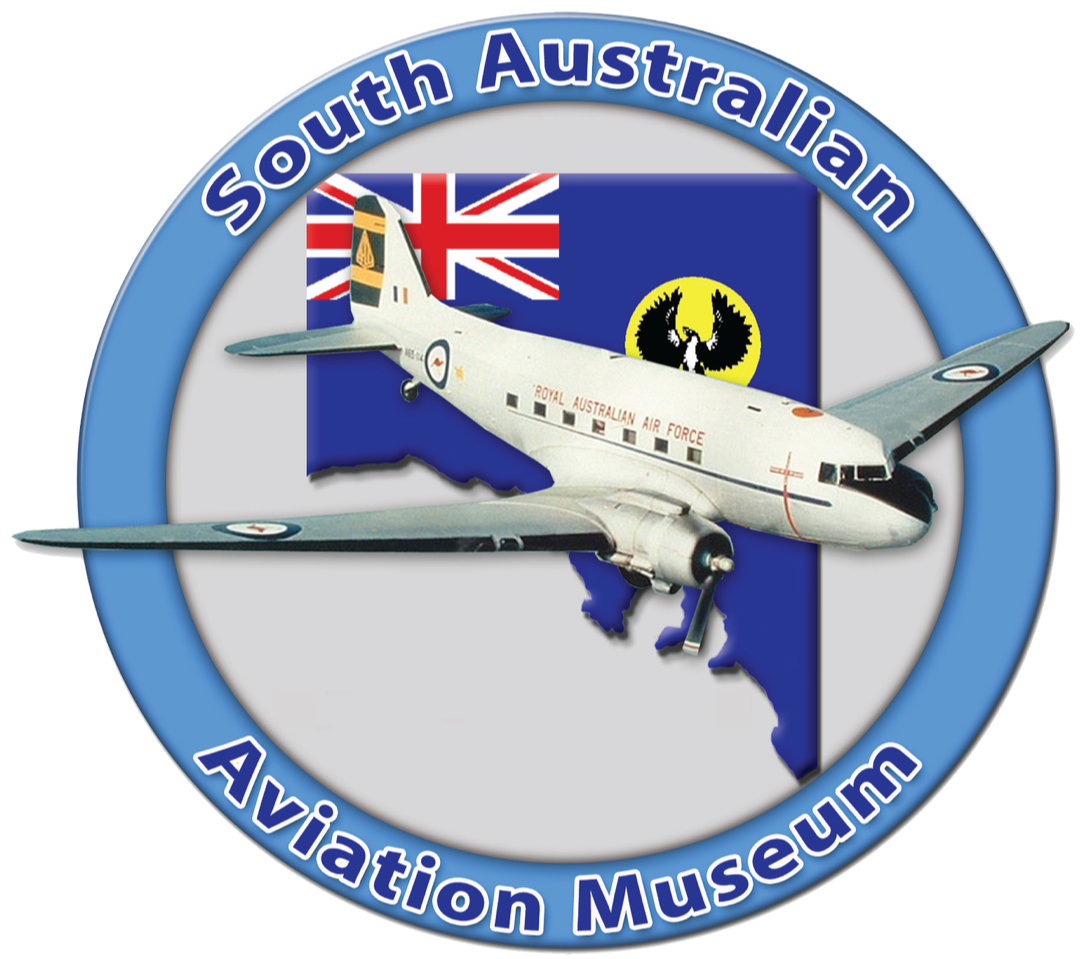

.jpg)

